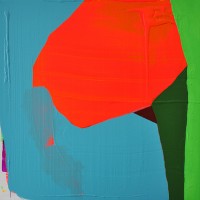
…so much of painting is this. It’s a recalling and churning up of experience and memory that can never be planned, relied on, or trusted. But my process requires trust. I begin with random marks and colors that over time coalesce… . Little by little, the anxiety lessens as…decisions are made and options grow fewer […]
Continue reading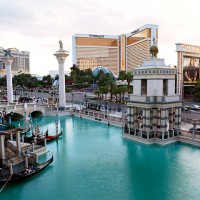
I am drawn to photographing cultural sites, places where human impact is visible on the landscape, whether that may be the built environment or more subtle traces of human activity. But I’m also interested in the way that we observe and consider landscape – as tourists, as spectators, and as people with preconceptions and memories. […]
Continue reading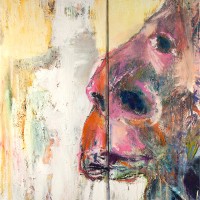
What this painting confirms for me is that the painting process is an exchange between internal and externalized aspects of the artist’s subjective, emotional life. Intense looking and reacting to one’s own marks and moves on the canvas over time constitute the substance of that exchange. Ultimately, even when I start with a model, I […]
Continue reading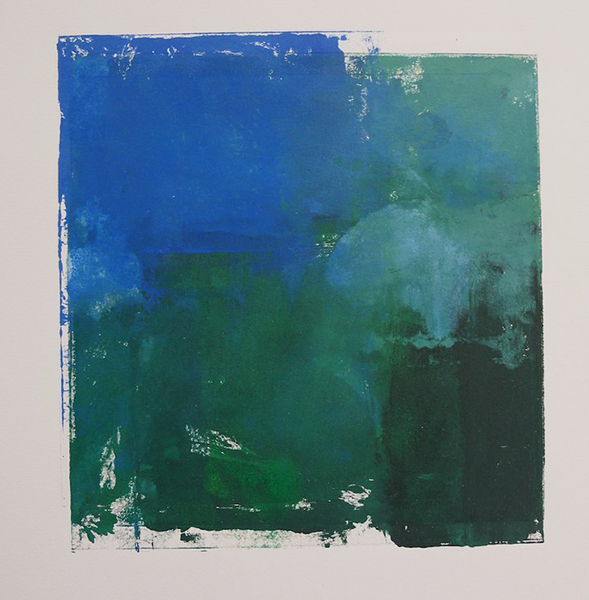
I’ve been home from Italy since the beginning of September, so these images, these residues, are distillations of memory that can only come with time. Unlike working directly in nature, maybe what monotypes offered me, from the beginning, was a way of reflecting on an aspect that…is absolutely impossible to approach or to understand sitting […]
Continue reading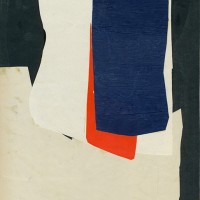
Since then, I feel less and less the need for words to accompany the process of my work, and more engaged with how the unconscious functions without them. Despite the endless number of words, descriptions and characters it carries along the way, the experience it left me with was quite the opposite—a new freedom to […]
Continue reading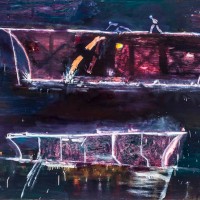
…I felt I’d gotten the light I wanted. It looked and felt like water at night. The layering and pale pink over dark purple created the effect of light bouncing off a surface and I recognized a kind of transparent glow that had happened in the course of painting the barges… Katherine Bradford, “Night Divers.” […]
Continue reading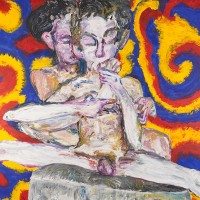
The degree to which the painter is transformed by their process is the degree by which the viewer can be transformed by, or enabled to “enter,” the painting. It’s not a finite record or exchange, but in the face of that genuine and meaningful articulation of transformation, the viewer does feel it, does “know it.” […]
Continue reading© Magdalena Solé. From After the Water Receded. “The storms are getting worse–more frequent and more intense. And the science that says so blames climate change and points a finger at us.” That was the umph line in my comment back on October 16. A lot has happened since, storm-wise, and all of it bad. […]
Continue reading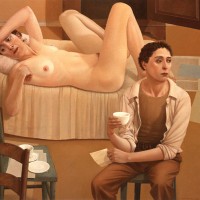
Each of us will have a unique compilation of remembered sensations and it is how this material shapes our work that will distinguish my paintings from those of the next painter. We really don’t have all that much control over what we produce when we work from within. What unfolds on the canvas evolves slowly. […]
Continue reading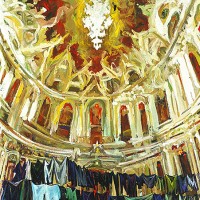
The more art I see—and I think in 41 years in the art environment in New York I have seen quite a bit of art—enigma is that aspect of an artist’s work that holds me the longest and the thing that separates one artist from the rest. But enigma does not necessarily make you very […]
Continue reading